Wax On, Wax Off…
Words by Chris Dodds
Young surfer and shaper, Charlie Cadin, has been actively exploring how natural materials like beeswax and seaweed can transform the environmentally harmful practices of the surfboard industry.
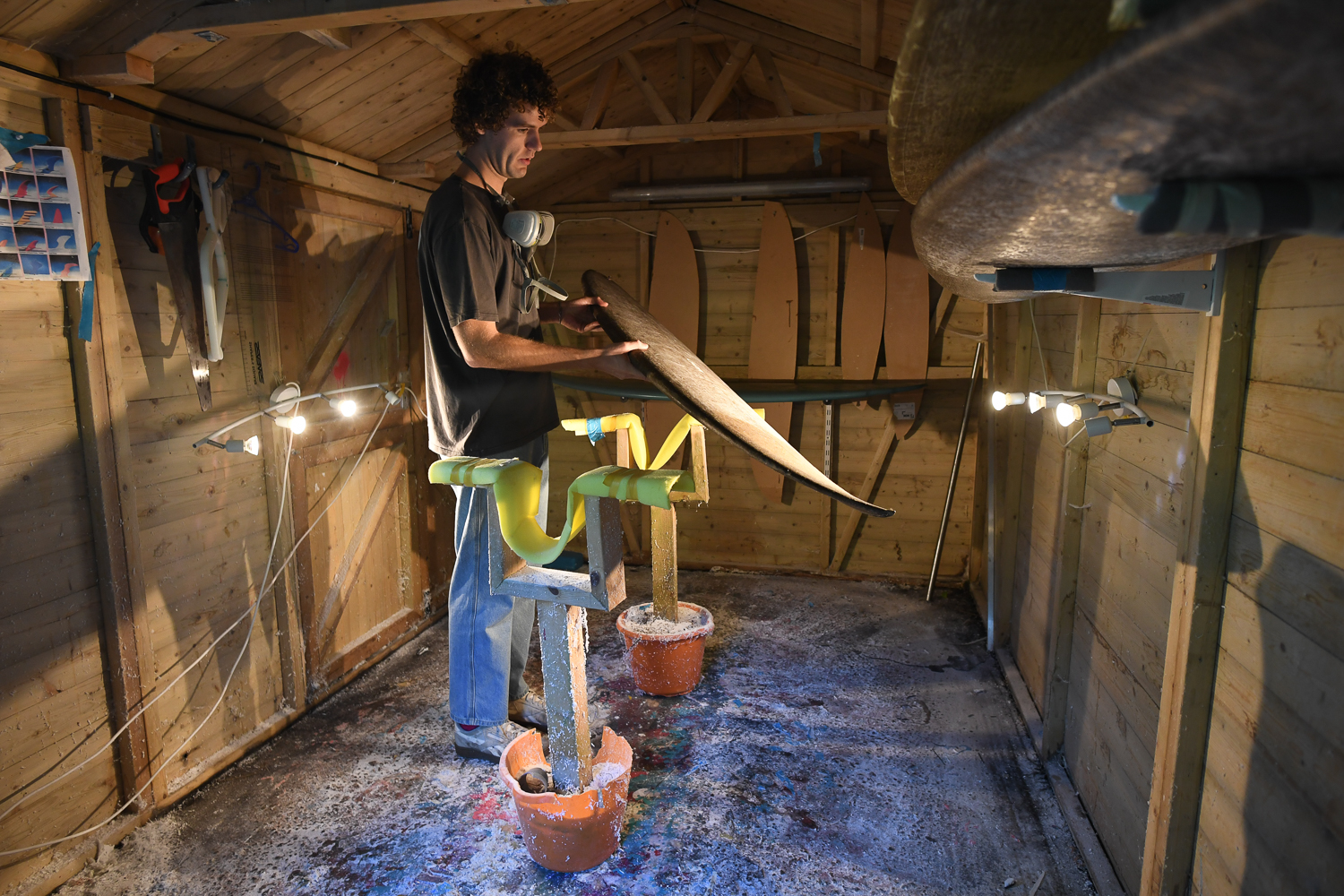
Charlie Cadin isn’t your average surfer-shaper. First of all, he’s from a small island called Jersey, located in the English Channel, that is about 100 miles from the UK, and 15 miles from France. Second of all, he’s a brilliantly mad genius who–amongst other things–has discovered the secret to making surfboards with a biodegradable resin. We have a feeling it’s going to cause quite the buzz.
As you may know, traditional surfboards are primarily constructed from petrochemicals like polyurethane foam, polyester resins, and fiberglass. Per surfboard, approximately 30 kg of CO2 is produced during the manufacturing of the resin alone. With 10 million surfboards made annually–that’s 300 million kg of CO2 or the equivalent to driving 600 million miles in a car or circling the Earth 12,500 times.
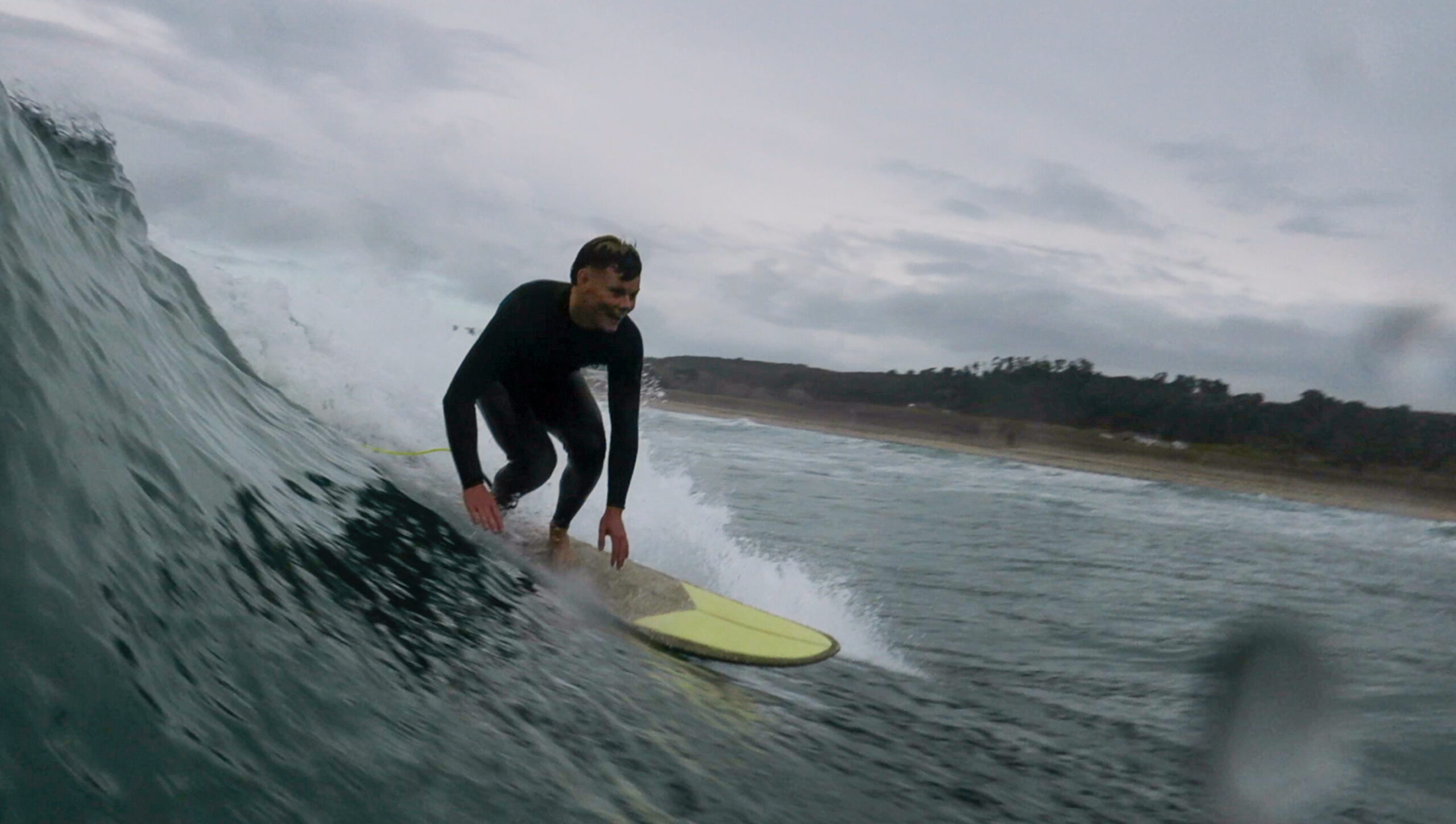
Once you factor in the other materials, plus their transportation and that of the finished product, and that hardly any of these are recyclable or compostable, well, you’ve got a dirty trade on your hands. Now, here comes Charlie, fresh out of Uni in Plymouth and with a degree in Marine Engineering with Composites and a masters on the way. Bright-eyed and frothing to throw a positive twist into this toxic trade, his latest development is just one thread in his eco-board tapestry that includes (but is not limited to) making handplanes and bellyboards out of scrap wood, shaping a surfboard out of 2,000 wine corks, and developing a foam made entirely from seaweed–one of his designs even won an eco-board event held during the WSL’s MEO Pro Portugal.
While outside of school, the aim of his latest project was to find an alternative resin, one that wouldn’t pose environmental concerns during production and disposal. Traditional resins produce volatile organic compounds (VOCs) and some components, particularly hardeners, are highly toxic presenting health risks to shapers and the environment.
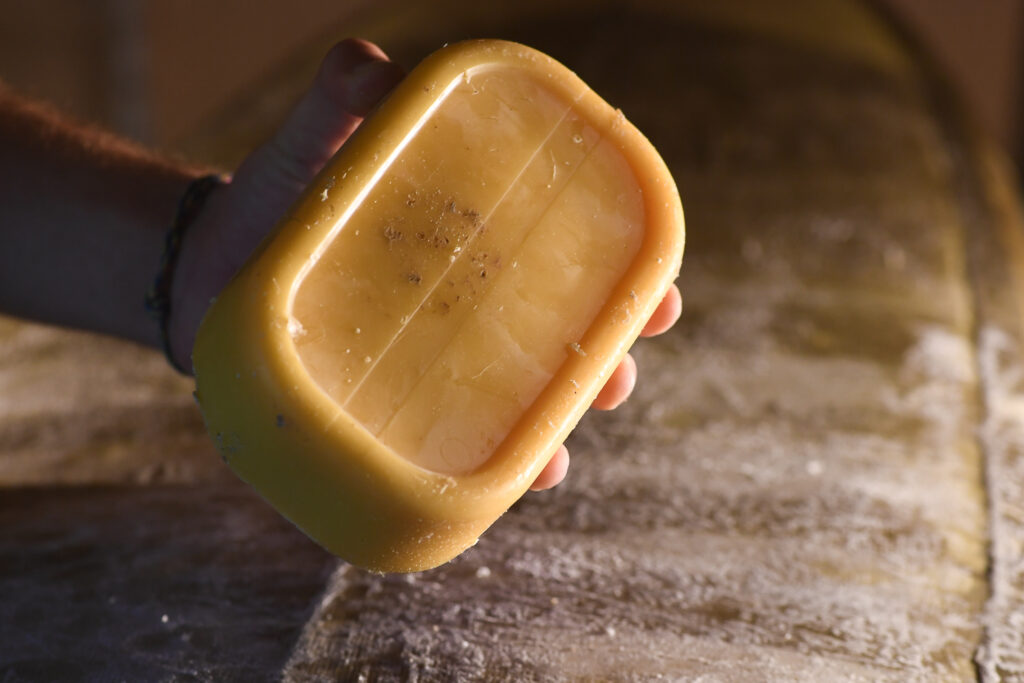
Cadin explains, “What is the perfect surfboard? To me it is a board that has zero chemical impact in manufacture or disposal. Environmentally, the board never existed.” While there have been developments in more eco-friendly cores, resin has proved a more difficult code to crack, “no matter the core, be it oil-based foam, wood, or a bio-foam, resins will always need to be waterproof.” Rather than go out and reinvent the proverbial wheel, Cadin looked to the natural world and found an excellent solution in beeswax.
“I have developed (possibly the first) fully bio-based and 100% biodegradable resin alternative from beeswax. Beeswax is produced by worker bees from specialized glands located on their abdomens. These bees secrete the wax in small flakes, which they then mold with their mouths into the hexagonal cells of honeycombs.” Furthermore, it can be removed sustainably without causing harm to the bees and even adds a potential revenue for beekeepers as it is usually considered a waste product.
Beeswax’s natural composition is the key. It is made up of long-chain fatty acids, and is a biodegradable and compostable substance, fully degrading in 28 days. Additionally, its hydrophobic nature makes it resistant to water, providing an effective barrier for protecting surfaces and materials (like surfboards).”
The beauty doesn’t just reside in the simplicity of the material but also in the application and use over time. While the process is being refined, Cadin is optimistic that this is a viable route to decreasing the footprint of surfboard manufacturing and getting closer to his “perfect surfboard”.

“Two boards have currently been made, and the process is still in testing and development; however the results are really promising. To me, it’s about trying to take small steps forward developing and testing new materials. The beeswax resin allows the surfboard skin to biodegrade in the soil, reducing the impact. The main advantage of beeswax, in addition to environmental impact, is the ease of manufacture. It allows people to make surfboards at home without a worry of dangerous chemicals. Dings and damage can be fixed with a lighter or a hairdryer, and the excess beeswax can be composted.”
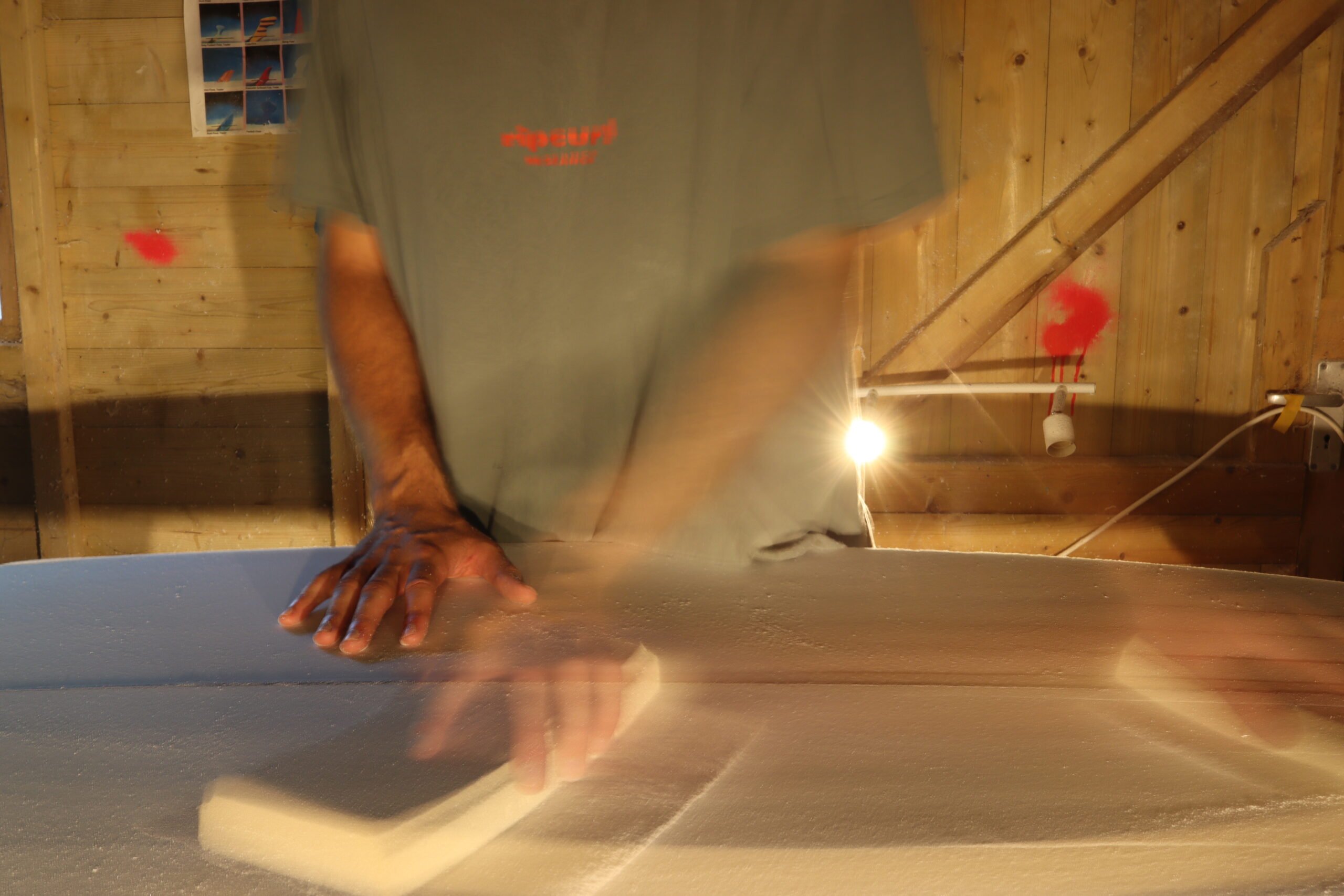
We personally couldn’t be more excited to hear of this news and to have Charlie be part of the Sustainable Surf Ecoboard Project. To stay in the loop be sure to follow us on instagram at @sustainsurf, @charlie.cadin & @_grateful_chris.
Check out Charlie’s video Underneath the Willow Tree here.
